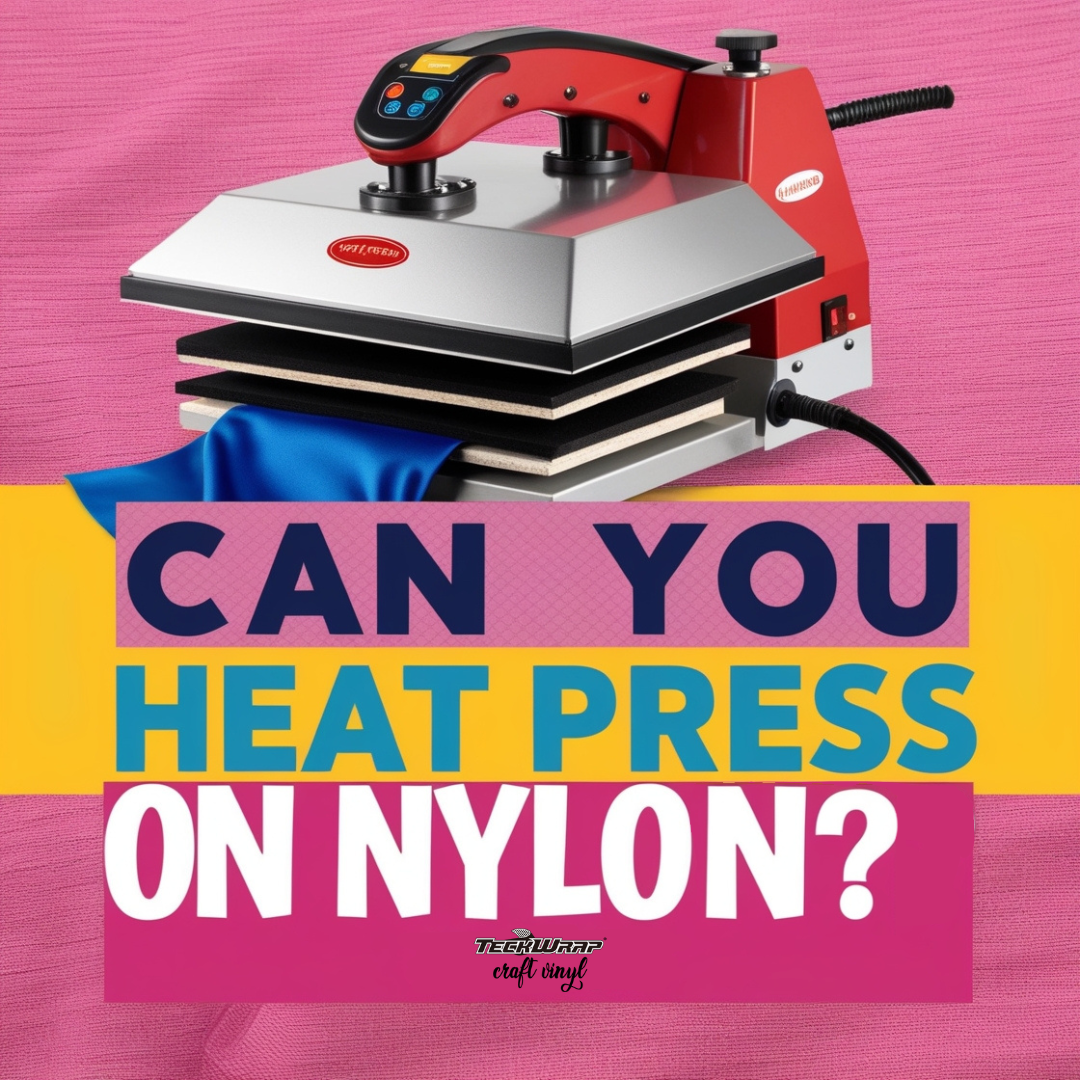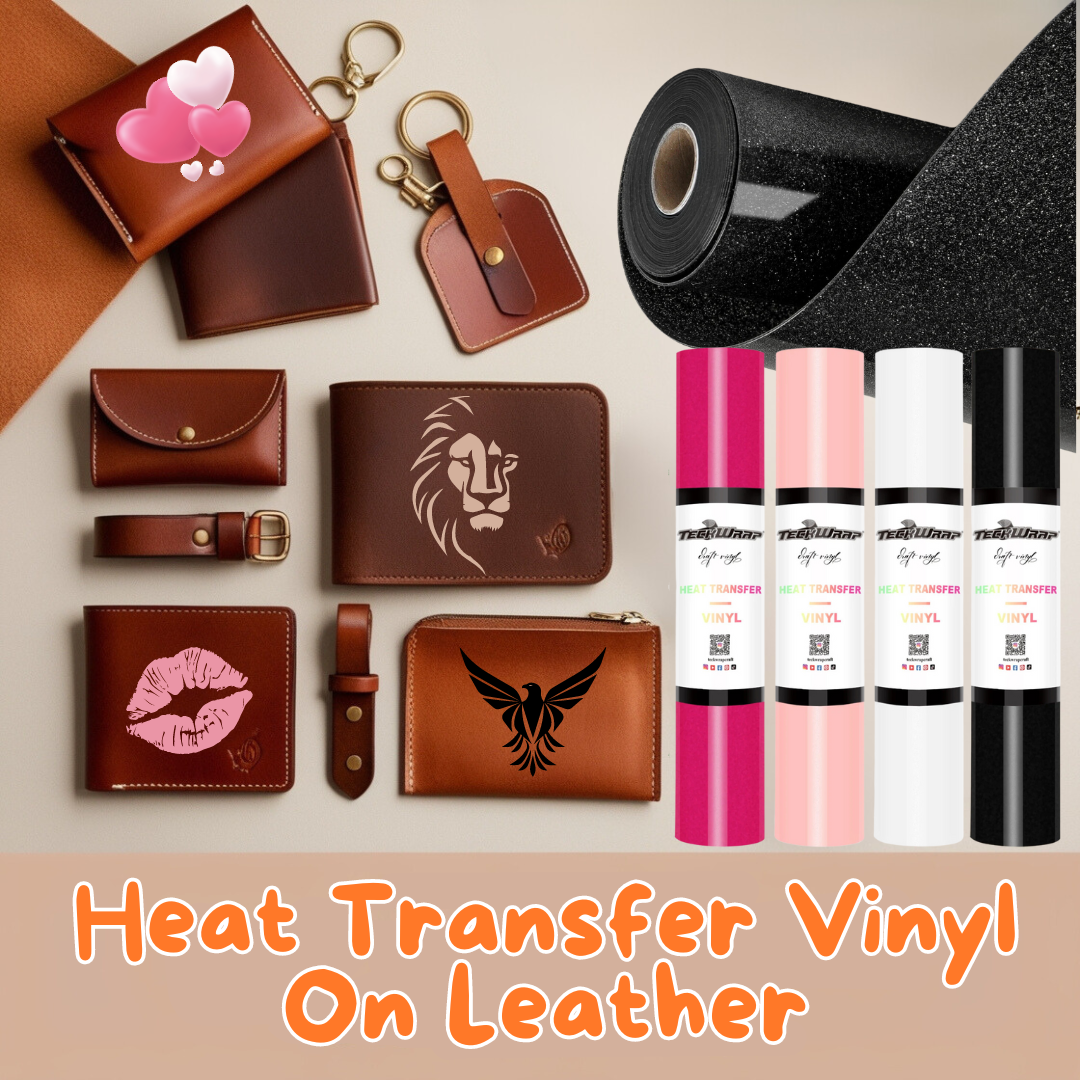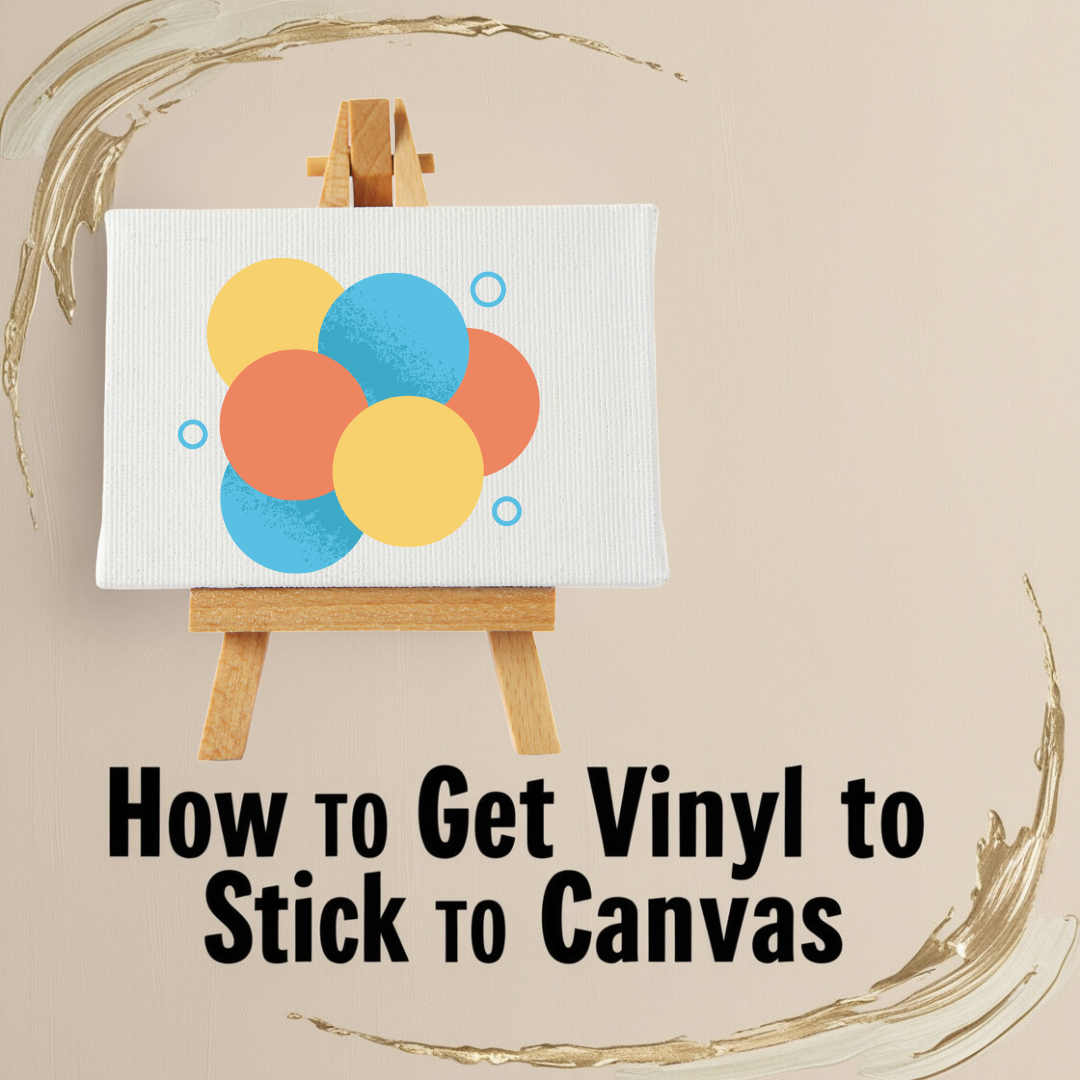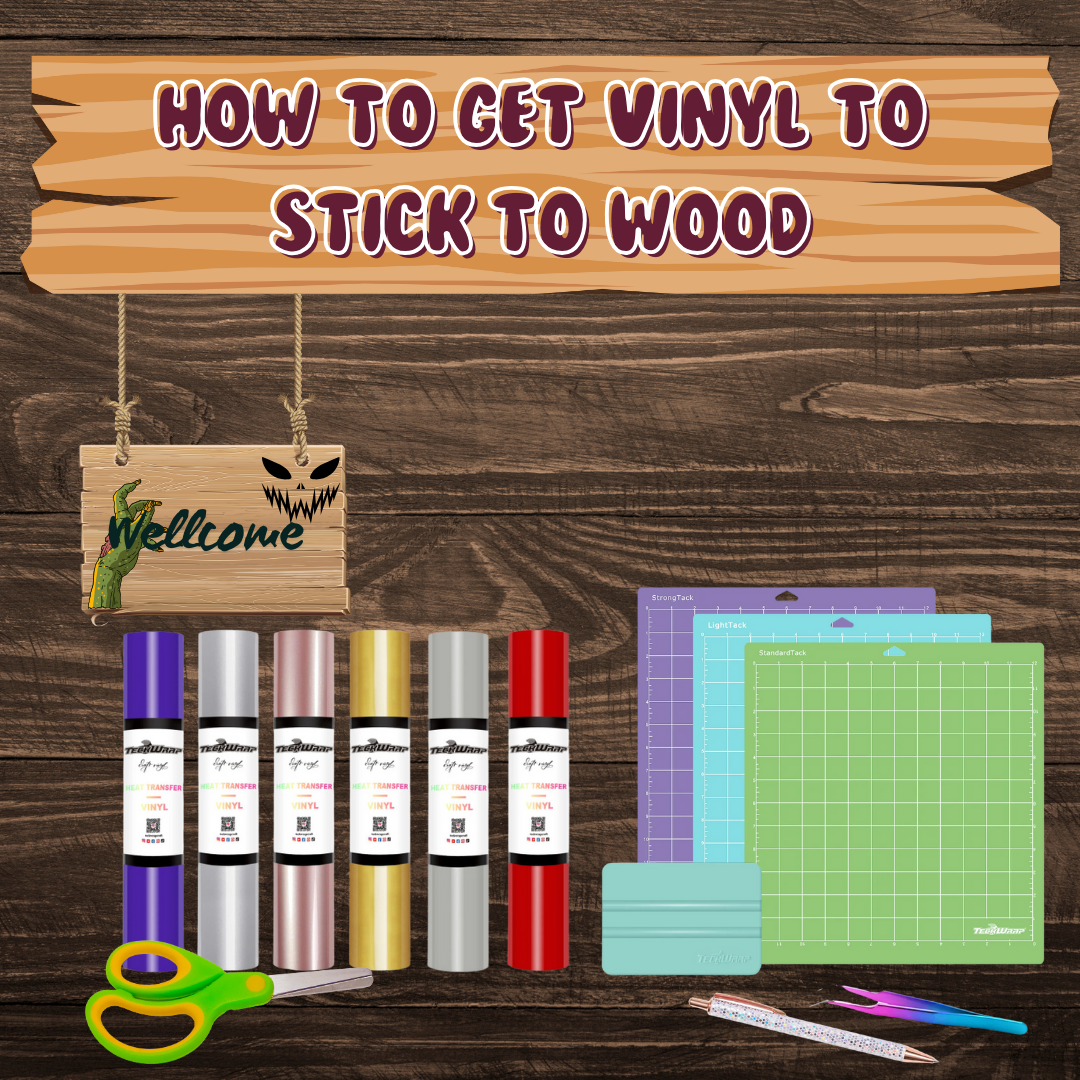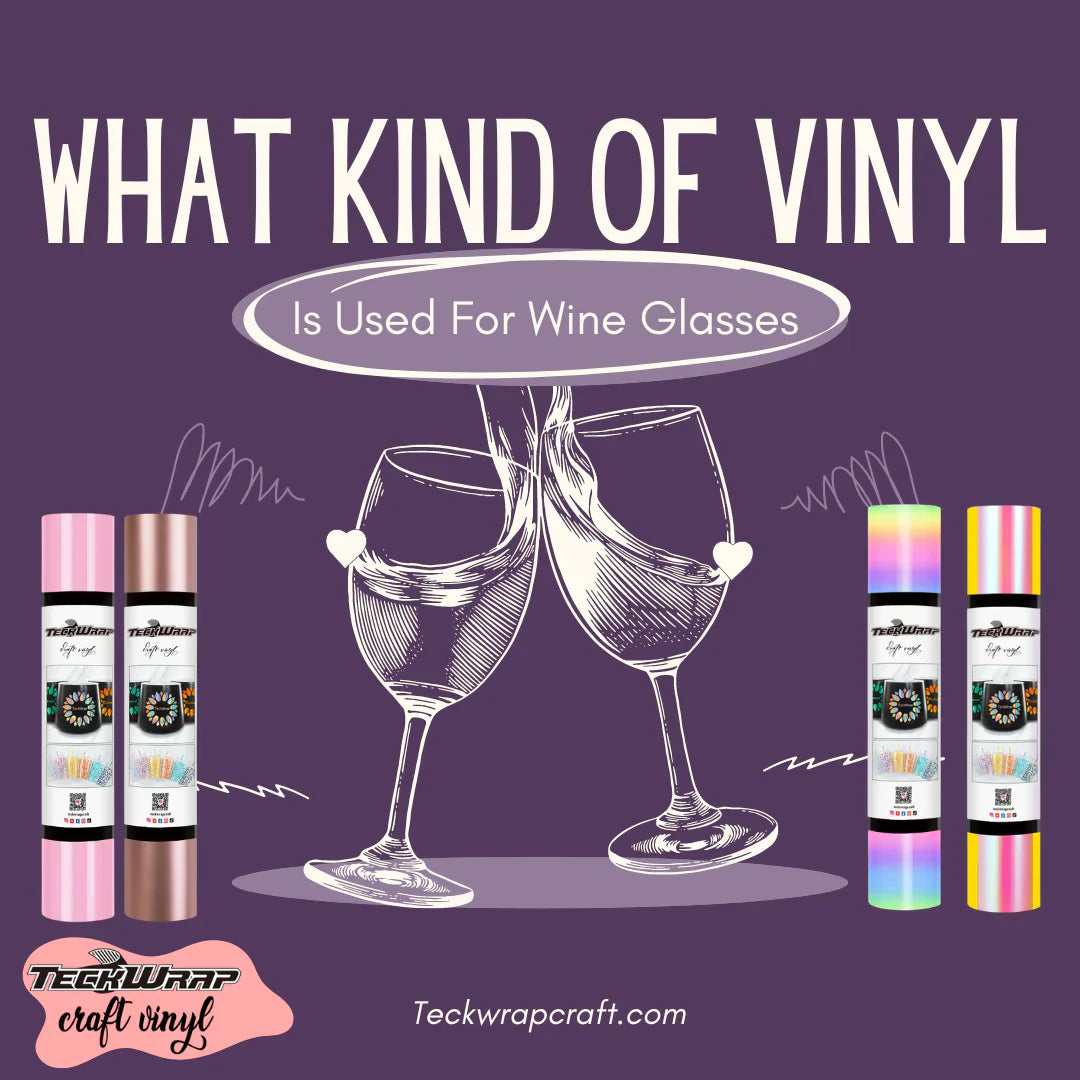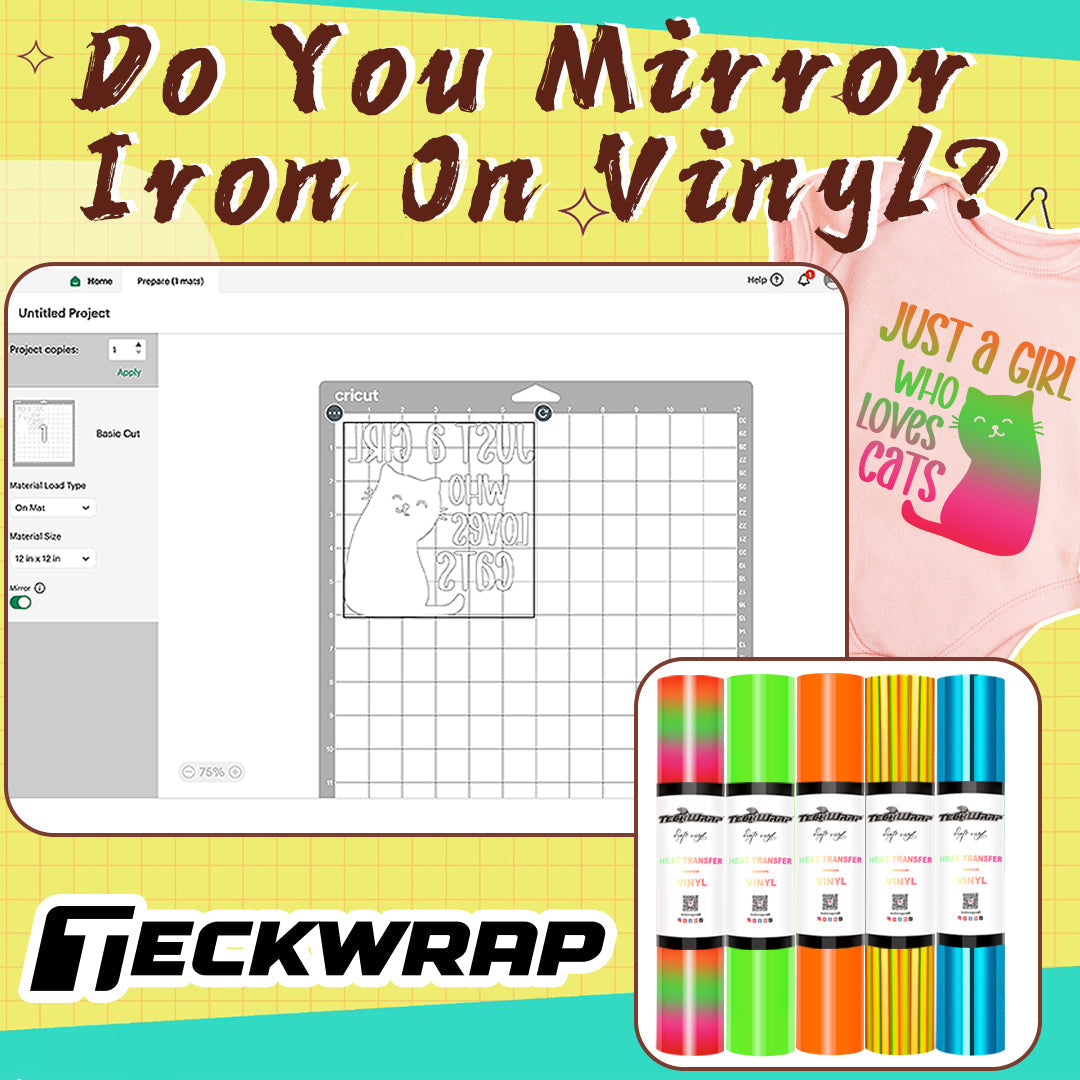Posted By TeckWrap Craft On Febuary 07, 2024
Where Can I Print Heat Transfers?

Have you ever dreamed of designing your own line of clothing or simply wished to add your unique flair to your apparel? Heat transfer vinyl (HTV) offers you an opportunity like no other. You can primarily print heat transfers on cotton, polyester, and cotton blend fabrics, leather, wood, and so on.
In this article, we will cover all the substrates on which you can print heat transfer designs so the next time you head out to transform your wardrobe you are certain of what you can achieve!
What Is Heat Transfer Vinyl?
Heat transfer vinyl is a special material that allows you to design fabrics by transferring the pattern or lettering of your choice to them. It helps create customized apparel, soft home décor items, accessories, and more.
On one side the HTV is coated with a heat-activated adhesive that requires a specific amount of heat and pressure over a recommended duration to bond with the substrate. The other side of the film is covered with a carrier sheet, which is peeled off after transferring the design. Now let’s see where you can use it.

Surfaces Where You Can Print Heat Transfers
It works well with cotton and cotton blends to create long-lasting designs. However, there are certain other surfaces as well where you can print heat transfers. The following materials can be used to kickstart your designer dreams:
Cotton
Cotton is one of the most popular fabrics for heat transfer applications. It has a smooth surface that adheres well to the vinyl and is widely used in everyday garments.
Cotton can easily bear high heat hence it is one of the most favorite materials to print heat transfers. For a detailed guide on it, read our blog on ‘Best Heat Transfer Vinyl for Cotton’.
Polyester
This synthetic fabric is a common fixture in sportswear due to its lightweight and breathable nature. This material is a great medium to transfer your prints on, but it is recommended to use a low-heat setting.
Sublimation printing is considered more appropriate for designing on polyester. If you want high-grade sublimation paper for vibrant and long-lasting transfers, visit TeckWrap Craft. For a detailed guide on it, read our blog on' Can you put HTV on polyester?'.
Nylon
This versatile polymer is used in the manufacturing of socks, gloves, bags, swimsuits, umbrellas, and much more. For sports teams or brands looking to branch out their merchandise, printing HTV designs and logos on nylon is both cost-effective and chic. For this as well, you will have to use a low heat setting. For a detailed guide on it, read our blog on' Can you heat press on nylon?.
Rayon
Made of wood pulp, this soft and silken material entices customers and manufacturers alike. However, while you can print heat transfers on this surface, the material may pose issues of shrinking or bleeding.
When you work with this fabric make sure to avoid using high heat and do not use it for projects that require durability. It can easily get scorched. Rayon fabrics with heat transfer vinyl designs printed on them can be used as costumes or outfits that are for temporary use but add a touch of pizzazz.
Leather
HTV can be used on leather and faux leather materials, providing a unique way to customize accessories and apparel. Before applying the actual design, we recommend testing on an inconspicuous area to ensure that the material does not get damaged. For a detailed guide on it, read our blog on' Heat Transfer Vinyl On Leather Step by Step Guide'.
Leather detailing and products offer an opulent and luxurious feel to your brand and the HTV design further elevates it. You can craft one-of-a-kind printed belts, wallets, boots, and more.
Canvas
This sturdy textile is the perfect match for HTV, allowing for a plethora of opportunities such as the customization of tote bags, canvas shoes, and wall art. The smooth and durable nature of canvas makes it an ideal surface for creating personalized accessories that last. For a detailed guide on it, read our blog on' How To Stick Vinyl To Canvas'.
When applying HTV designs on canvas, you will have to pay more meticulous attention than you do with other materials. Getting a durable heat transfer vinyl print on it necessitates applying slightly elevated pressure by extending its time to guarantee a secure and durable bond.
Acrylic
This substrate offers the perfect clean slate to craft merchandise. Acrylic blanks with the addition of stylized HTV can aid in creating keychains or coasters for branding purposes or personal use. The applications of this material are diverse and can be used to make show-stopping jewelry.
However, when using HTV, only use acrylic that is highly durable and can bear heat. Substandard acrylics may melt when subjected to high temperatures. Apply heat to the vinyl in brief, five-second intervals for optimal results.
Glass
Glass surfaces may not be the first choice for HTV, but it opens up possibilities when used carefully. Printing heat transfers on glassware or flat glass can add a touch of elegance to your projects. The challenge lies in using heat that is warm enough to activate the adhesive but does not break the glass. For a detailed guide on it, read our blog on' Can You Use HTV on Glass'.
The process is simple. Ensure that the glass is clean and place your HTV design on it. You can either use a heat gun, especially if it is a curved glass surface, heat press, or mini iron. Wear heat-resistant gloves for safety. When using a heat press with flat glass, be very careful while applying pressure to avoid breaking it.
Wood
The material possesses great potential for HTV designs due to its rustic yet classic look. Wood is ideal for creating personalized gifts, custom signs, and unique home decor items that can truly elevate any space. Printing HTV on it gives the effect of a painted design. For a detailed guide on it, read our blog on' How To Get Vinyl Stick To Wood'.
When working with wood, make sure it is smooth and free of any splinters or grooves. Heat transfer vinyl works well with treated wood but it should not have a glossy finish on it. If your wood is not smooth, you might have to use sandpaper on it.
Ceramics
You can print heat transfers on ceramics but they might not be durable due to the material's heat sensitivity. You will have to be creative to use it successfully.
It's advisable to conduct a small test in a discreet area to assess the ceramic's reaction to the heat and ensure a successful and durable application. Keep in mind that success may vary based on the specific type of ceramic and the HTV product used.
Frequently Asked Questions
Final Word
Heat transfer vinyl offers a versatile and creative way to personalize your wardrobe, build your brand, or have fun experimenting with different materials.
Whether you are personalizing clothing, accessories, or home decor items, understanding the compatibility of HTV with different surfaces allows for the creation of unique and eye-catching designs.
If you are looking for HTV and more tips on how to make the most out of your DIY projects, browse TeckWrap Craft’s website for an insight into the crafting world.



